Anastasios Tsonis0521696283, 9780521696289
Table of contents :
Cover……Page 1
Half-title……Page 3
Title……Page 5
Copyright……Page 6
Contents……Page 7
Preface……Page 11
CHAPTER ONE Basic definitions……Page 13
2.1 Exact differentials……Page 19
2.2 Kinetic theory of heat……Page 21
3.1 The first law of Gay-Lussac……Page 25
3.2 The second law of Gay-Lussac……Page 26
3.4 Another form of the Gay-Lussac laws……Page 27
3.6 Avogadro’s hypothesis……Page 28
3.7 The ideal gas law……Page 29
3.8 A little discussion on the ideal gas law……Page 31
3.9 Mixture of gases — Dalton’s law……Page 32
Examples……Page 33
Problems……Page 37
4.1 Work……Page 39
4.2 Definition of energy……Page 41
4.3 Equivalence between heat and work done……Page 43
4.4 Thermal capacities……Page 44
4.5 More on the relation between U and T (Joule’s law)……Page 46
4.6 Consequences of the first law……Page 49
Examples……Page 56
Problems……Page 63
5.1 The Carnot cycle……Page 67
5.2 Lessons learned from the Carnot cycle……Page 70
5.3 More on entropy……Page 75
5.4 Special forms of the second law……Page 77
5.5 Combining the first and second laws……Page 78
The statistical nature of thermodynamics……Page 79
Entropy and potential temperature……Page 82
Atmospheric motions……Page 83
Examples……Page 84
Problems……Page 88
CHAPTER SIX Water and its transformations……Page 91
6.1 Thermodynamic properties of water……Page 92
6.2 Equilibrium phase transformations — latent heat……Page 95
6.3 The Clausius–Clapeyron (C–C) equation……Page 97
Temperature dependence of enthalpy of vaporization……Page 99
Temperature dependence of equilibrium (saturation) vapor pressure……Page 101
Changes in the melting and boiling points for water……Page 103
Examples……Page 104
Problems……Page 108
CHAPTER SEVEN Moist air……Page 111
7.1.1 Humidity variables……Page 112
7.1.2 Mean molecular weight of moist air and other quantities……Page 114
7.2.1 Isobaric cooling — dew and frost temperatures……Page 116
Derivation of the wet-bulb temperature……Page 121
Relation between wet-bulb and dew point temperatures……Page 123
7.2.3 Adiabatic expansion (or compression) of unsaturated moist air……Page 124
7.2.4 Reaching saturation by adiabatic ascent……Page 125
7.2.5 Saturated ascent……Page 130
7.2.6 A few more temperatures……Page 135
7.2.7 Saturated adiabatic lapse rate……Page 138
7.3.1 Adiabatic isobaric mixing……Page 140
7.3.2 Vertical mixing……Page 142
7.3.3 Freezing inside a cloud……Page 143
Examples……Page 145
Problems……Page 152
8.1 The equation of motion for a parcel……Page 155
8.2 Stability analysis and conditions……Page 157
Examples……Page 164
Problems……Page 167
9.1 Conditions for area-equivalent transformations……Page 171
9.2.1The tephigram……Page 173
9.2.2 The emagram……Page 175
9.2.3The skew emagram (skew (T–ln p) diagram)……Page 177
9.3.1 Graphical representation of thermodynamic variables in a T—lnp diagram……Page 179
9.3.1 Using diagrams in forecasting……Page 180
Example……Page 182
Problems……Page 183
10.1 Basic predictive equations in the atmosphere……Page 187
10.2 Moisture……Page 189
REFERENCES……Page 191
Table A.1……Page 193
Table A.2……Page 194
Table A.3……Page 195
Figure A.1……Page 196
INDEX……Page 197
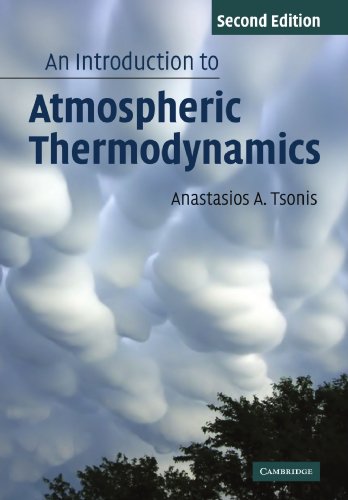

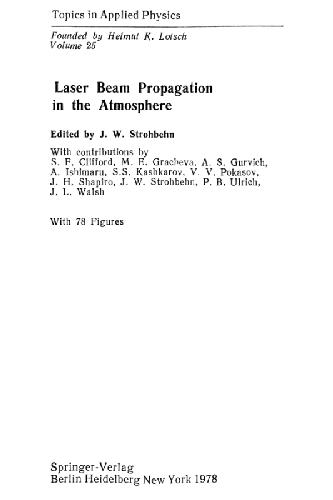
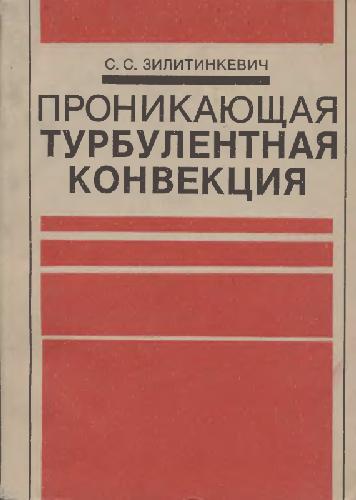
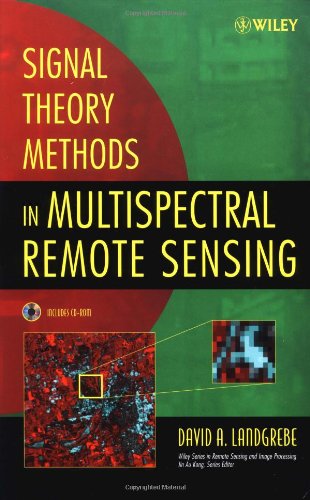
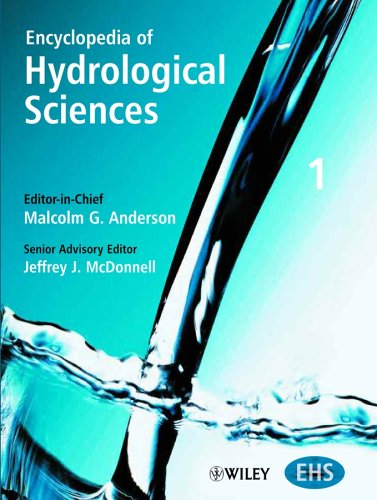

Reviews
There are no reviews yet.